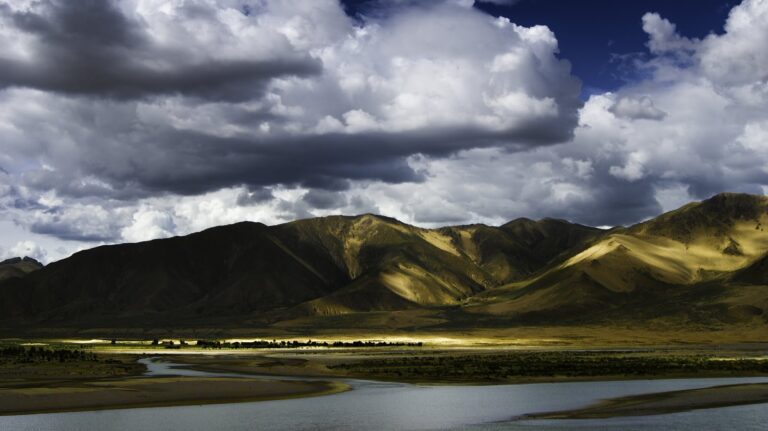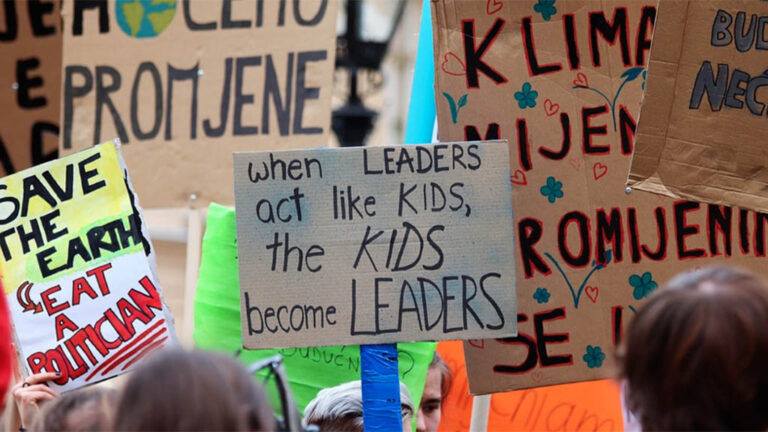
Dr. Jeevan Baniya from the Social Science Baha Research Institute in Kathmandu describes the situation of Nepali migrant workers abroad as one of the main concerns of the country during the coronavirus pandemic. Photo: Jeevan Baniya/onlinekhabar.com
Av: Hanna Geschewski
Hundreds of thousands of Nepali migrant workers are directly affected by the ongoing coronavirus pandemic. To learn more about their precarious situation, FUF Magazine spoke with Dr. Jeevan Baniya, a labour and migration expert from Kathmandu.
1 juni, 2020, Article, English, Magazine
Av: Hanna Geschewski och Lauren Tropeano
Both of us remember hearing news of a girl named Greta on strike alone in front of the Swedish Parliament, holding a sign reading ”Skolstrejk för klimatet”. It was hard to imagine then that a few months later, on 20 September 2019, she would inspire more than four million people to follow her example at […]
Läs mer »
31 januari, 2020, Editorial, English, Magazine

The Yarlung Tsangpo river in Tibet, which is also known as Brahmaputra Photo: He Mou, Flickr.
Av: Hanna Geschewski
China, source to some of the world’s largest rivers, has pushed for the construction of dams along its river systems at an unprecedented pace. But what does this concentration of power over water resources mean for neighbouring countries?
17 juni, 2019, Article, English, Magazine

Builders at Work. There are close to one million migrant workers in Qatar, mainly from South Asia. The majority work in construction. Photo: WBUR Boston's NPR News Station, Flickr.
Av: Åsa Setterquist och Hanna Geschewski
Many were shocked when FIFA announced their choice for the 2022 FIFA World Cup in Qatar. It is not only a wildcard in international football, but also notorious for the unworthy treatment of its many migrant workers. With only three years left until the first kick-off, not much seems to have improved.
10 april, 2019, Article, English, Magazine

A hijra (term for individuals in South Asia who feel neither male or female) at the annual Transgender Festival in Koovagam, India, in 2017. Photo: Lingeswaran Marimuthukumar, Flickr.
Av: Hanna Geschewski och Lauren Tropeano
What happens if you don’t behave like your gender ‘should’? Examples from Native American, Indian and Iranian cultures highlight that gender is diverse, but that the acknowledgement of gender variance doesn’t necessarily make us inclusive.
10 december, 2018, Article, English, Magazine

Indigenous women collecting grass for their cattle in Kathonibari, Kaziranga National Park.
Photo: Eleonora Fanari & Pranab Doley.
Av: Hanna Geschewski och Vittorio Capici
The loss of Indigenous peoples’ natural resource base is often associated with rainforest clearing, dam projects and the mining industry. But it is not always the infamous multinational corporations that drive native peoples from their lands. Two examples from India and Alaska illustrate how public conservation policies and inter-indigenous conflicts threaten communities and identities.
26 oktober, 2018, Article, English, Magazine






